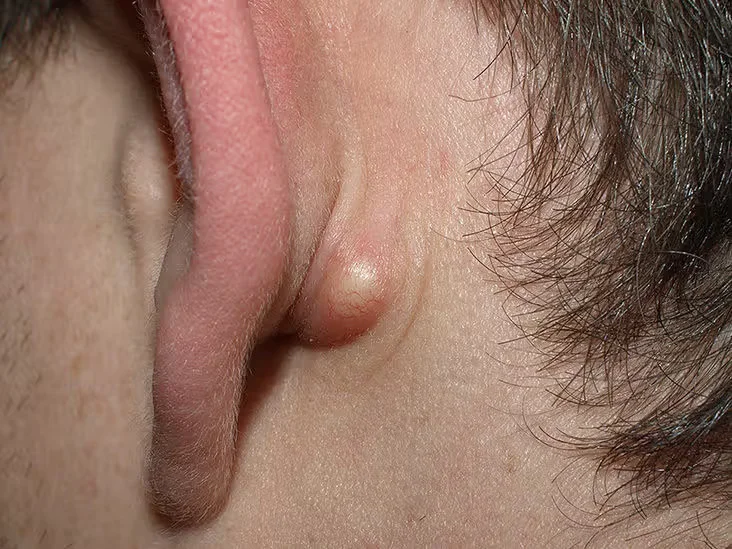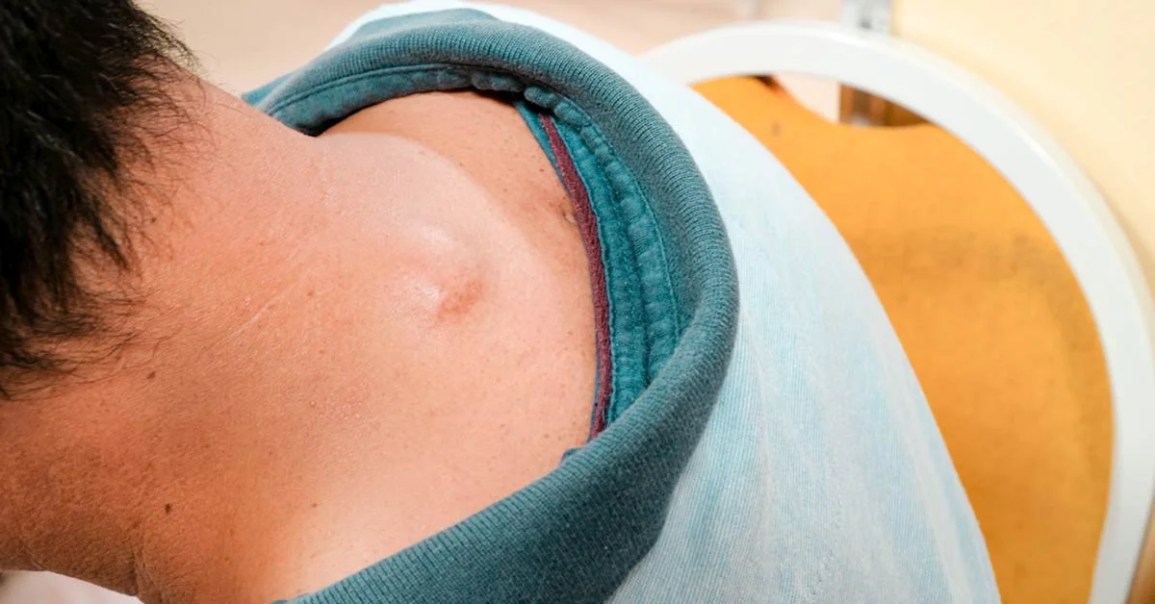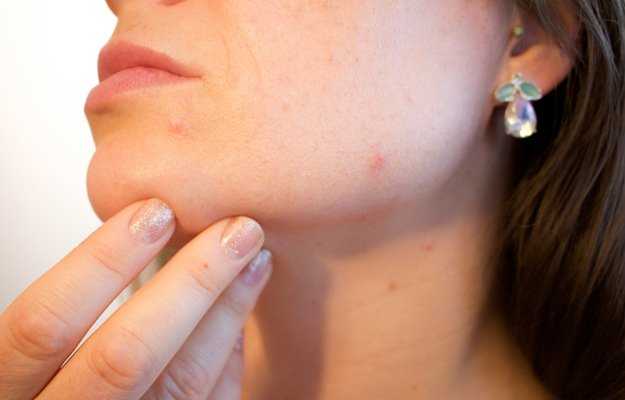Shop Now in Our Store
Sebaceous Cyst Ayurvedic Treatment – Natural Approach for Cyst Reduction

Introduction to Sebaceous Cyst Ayurvedic Treatment
Sebaceous cyst ayurvedic treatment offers a holistic approach to managing and reducing sebaceous cysts naturally. This time-tested therapy emphasizes detoxification, dosha balancing, and the use of potent herbal remedies to address the underlying imbalances that lead to cyst formation. By incorporating sebaceous cyst ayurvedic treatment into your wellness routine, you can harness the wisdom of Ayurveda to promote natural healing and improve skin health.
Historical Roots & Ayurvedic Significance
Ayurveda has long recognized the importance of maintaining doshic balance for overall well-being. Sebaceous cyst ayurvedic treatment focuses primarily on pacifying aggravated Kapha and Pitta doshas, which are believed to contribute to the development of cystic formations. Classical Ayurvedic texts detail various herbal remedies and lifestyle modifications that support the cleansing of toxins (ama) and restore internal harmony. This traditional approach has been valued for centuries as a natural and preventive means to manage skin conditions.
Key Components & Therapeutic Benefits
Herbal Composition
The efficacy of sebaceous cyst ayurvedic treatment lies in its carefully selected herbal ingredients known for their anti-inflammatory, antimicrobial, and detoxifying properties. Commonly used herbs include:
- Neem (Azadirachta indica): Renowned for its antibacterial and detoxifying properties.
- Turmeric (Curcuma longa): A powerful anti-inflammatory and antioxidant that supports healing.
- Tulsi (Ocimum sanctum): Known for its purifying effects and ability to balance doshas.
- Manjistha (Rubia cordifolia): A blood purifier that aids in reducing inflammation and promoting skin clarity.
- Aloe Vera (Aloe barbadensis): Soothes the skin and supports tissue regeneration.
Detoxification & Dosha Balancing
Sebaceous cyst ayurvedic treatment works by eliminating toxins and balancing the doshas, particularly Kapha and Pitta. The selected herbs not only detoxify but also help reduce inflammation and regulate sebum production, thereby addressing both the cause and symptoms of sebaceous cysts.
Skin Rejuvenation & Healing
In addition to detoxification, this Ayurvedic approach promotes skin rejuvenation. The herbal formulations support the natural healing process, reduce swelling, and enhance overall skin texture. Regular use of these remedies can help shrink cysts and prevent recurrence, contributing to healthier skin over time.
Integration with Ayurvedic Therapies
Sebaceous cyst ayurvedic treatment can be effectively combined with other Ayurvedic therapies such as Panchakarma, Abhyanga (oil massage), and Svedana (herbal steam therapy). These complementary treatments enhance the cleansing process, improve circulation, and further support the body’s natural detoxification mechanisms.
How Sebaceous Cyst Ayurvedic Treatment Works: The Science Behind the Therapy
The science behind sebaceous cyst ayurvedic treatment lies in the bioactive compounds of its herbal components. These compounds exert anti-inflammatory, antimicrobial, and antioxidant effects that help reduce cyst size, prevent infection, and promote tissue repair. By stimulating the digestive fire (Agni) and eliminating ama, the treatment restores internal equilibrium and improves overall skin health. This integrated mechanism supports natural healing and helps prevent the formation of new cysts.
Choosing the Right Ayurvedic Remedies & Guidance
When considering sebaceous cyst ayurvedic treatment, it is important to:
- Consult Certified Ayurvedic Practitioners: A personalized evaluation based on your unique constitution (Prakriti) ensures that the treatment is tailored to your specific needs.
- Ensure High-Quality Herbal Products: Use remedies prepared from organic, authentic herbs to maximize therapeutic benefits.
- Source from Reputable Vendors: Authenticity and quality control are essential for the safe and effective management of skin conditions.
Recommended Dosage & How to Use Ayurvedic Remedies for Sebaceous Cyst Ayurvedic Treatment
The dosage and method of administering sebaceous cyst ayurvedic treatment vary depending on individual health needs and the specific herbal formulation. Typically:
- Dosage Guidelines: Practitioners may recommend herbal decoctions, topical pastes, or internal formulations to promote detoxification and healing.
- Method of Application: Topical formulations can be applied directly to the affected area, while internal remedies are usually taken orally with warm water.
- Professional Guidance: Always follow the recommendations provided by a qualified Ayurvedic professional to ensure safe and effective treatment.
Potential Side Effects & Precautions
While sebaceous cyst ayurvedic treatment is generally safe when practiced under professional guidance, some individuals may experience mild side effects. It is important to:
- Monitor Your Body’s Response: Start with a lower dose to gauge tolerance and gradually adjust as needed.
- Consult for Special Conditions: Individuals with chronic health issues or those who are pregnant or nursing should seek professional advice before beginning any new treatment.
- Watch for Allergic Reactions: Discontinue use if any adverse reactions occur and consult your practitioner immediately.
Frequently Asked Questions for Sebaceous Cyst Ayurvedic Treatment
How does sebaceous cyst ayurvedic treatment work?
Sebaceous cyst ayurvedic treatment works by using potent herbal formulations to detoxify the body, balance doshas, and reduce inflammation, thereby addressing both the cause and symptoms of sebaceous cysts.
What are the primary herbs used in sebaceous cyst ayurvedic treatment?
Key herbs include Neem, Turmeric, Tulsi, Manjistha, and Aloe Vera. These herbs are selected for their anti-inflammatory, antimicrobial, and skin-healing properties.
How long does it take to see results from sebaceous cyst ayurvedic treatment?
Results can vary among individuals. Some may notice a reduction in cyst size and inflammation within a few weeks, while others may require a longer period of consistent use for significant improvements.
Can sebaceous cyst ayurvedic treatment be combined with conventional treatments?
Yes, many patients benefit from an integrative approach where sebaceous cyst ayurvedic treatment complements conventional therapies. However, it is important to coordinate with your healthcare provider to ensure safety and efficacy.
Are there any dietary recommendations to follow during sebaceous cyst ayurvedic treatment?
A balanced diet that avoids processed and oily foods is often recommended. Emphasizing fresh fruits, vegetables, and herbal teas can support detoxification and improve skin health during treatment.
What precautions should be taken when starting sebaceous cyst ayurvedic treatment?
It is advisable to begin with a conservative dosage, monitor for any adverse reactions, and always consult a certified Ayurvedic practitioner, particularly if you have underlying health conditions.
Where can I find authentic herbal formulations for sebaceous cyst ayurvedic treatment?
Authentic formulations can be sourced from certified Ayurvedic pharmacies and trusted practitioners who adhere to traditional preparation methods, ensuring both quality and effectiveness.
Conclusion & Expert Insights
Sebaceous cyst ayurvedic treatment offers a natural and holistic approach to managing and reducing sebaceous cysts. By focusing on detoxification, dosha balancing, and the use of time-tested herbal remedies, this therapy not only helps address the symptoms but also targets the underlying causes of cyst formation. With personalized guidance from certified Ayurvedic professionals and consistent practice, individuals can experience improved skin health and a reduction in cyst recurrence. Embracing this ancient wisdom paves the way for a healthier, more balanced life.
References & Further Reading
- Sharma, P.V. (1995). Ayurvedic Healing: A Comprehensive Guide.
- Lad, V. (2002). Ayurveda: The Science of Self-Healing.
- National Institute of Ayurveda:
- Journal of Ayurveda and Integrative Medicine for contemporary research on herbal therapies and skin health.
This article is checked by the current qualified Dr Sujal Patil and can be considered a reliable source of information for users of the site.
Got any more questions?
Ask Ayurvedic doctor a question and get a consultation online on the problem of your concern in a free or paid mode.
More than 2,000 experienced doctors work and wait for your questions on our site and help users to solve their health problems every day.



